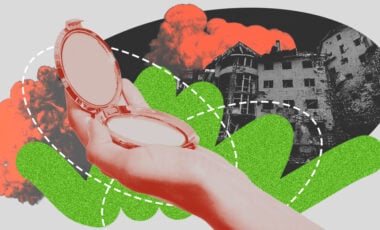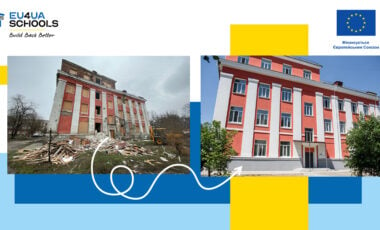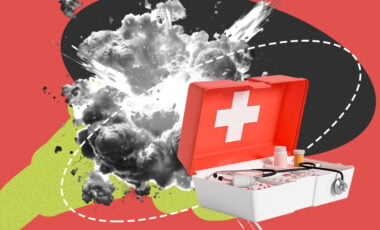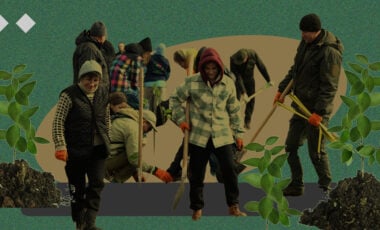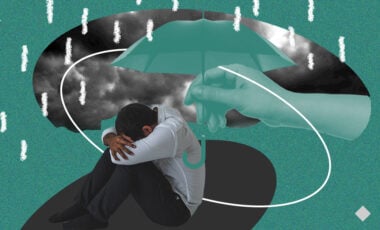Fires ravage Askania-Nova: What is the impact on the Russian-occupied reserve?
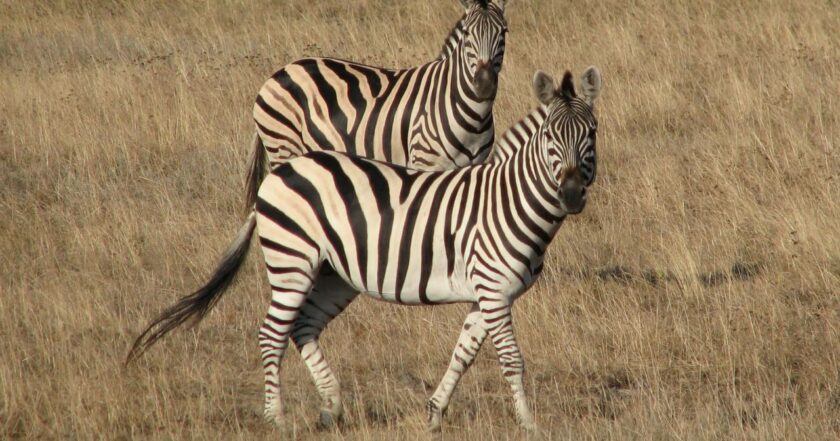
Askania-Nova. Photo from Viktor Shapoval's archive
The new fire that swept the Askania-Nova reserve in the occupied Kherson region on September 1 is the seventh since the start of Russia's full-fledged invasion, Rubryka reports, citing the reserve's statement.
Before the official confirmation from the reserve staff, news about 7,000 hectares of burned land circulated in the mass media — misinformation was spread by the press service of Ukraine's environmental ministry.
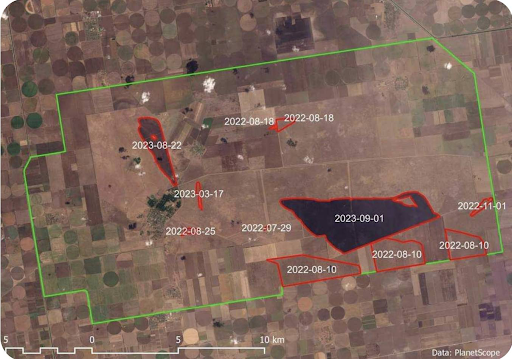
Areas of Askania-Nova where fires were detected.
In fact, during the period of occupation, the fire destroyed more than 3,500 hectares of the reserve — this is more than a tenth of the entire area.
This figure was revealed by the Ukrainian Nature Conservation Group, confirmed by the reserve, and later verified by Viktor Shapoval, the current director of Askania-Nova, in a personal conversation with Rubryka.
Most of the burned area — 2,208.62 ha — is protected zone lands with vegetation, listed in the Green Book of Ukraine — the red list containing data not about specific plants but about entire groups.
"The fires in the buffer zone and the zone of anthropogenic landscapes took place in agrocenoses — these are weedy fallows and stubble of agricultural crops," the reserve says.
"On the contrary, all burned areas within the protected zone occurred precisely in the steppe biotopes, which are the main natural value of Askania-Nova and the benchmark of the steppes of the Black Sea region," they added.
Areas that have been protected for a century were affected by the fires. That included the "Stara" area, protected since 1898, and "Uspenivka," which has been protected since 1927. This entire territory is also part of the Emerald Network of Ukraine and has a UNESCO Certificate as part of the Man and the Biosphere Program.
What we know about Askania-Nova under occupation
As Rubryka reported, in the summer of 2022, the Russia troops captured the Askania Nova Institute of Animal Husbandry of the Steppe Regions in the southern Kherson region. The Russian flag was hoisted on the building, and the guards of the institute and some scientists agreed to cooperate with the occupiers.
On March 25, the Russian forces appointed an occupation administration in the Askania-Nova Biosphere Reserve. The Ukrainian reserve staff later stated that they could no longer guarantee further nature preservation and the research institution of international importance.
Later, the Russian invaders again showed their true colors, killing red-listed animals in the Askania-Nova nature reserve.
Rubryka also reported that the Russian occupiers wanted to shoot wild animals and start a restaurant business in the occupied Dzharylhach National Park.


























